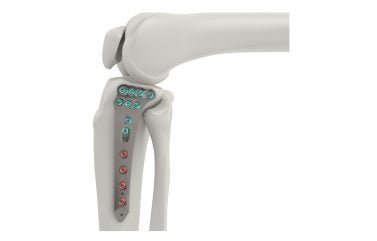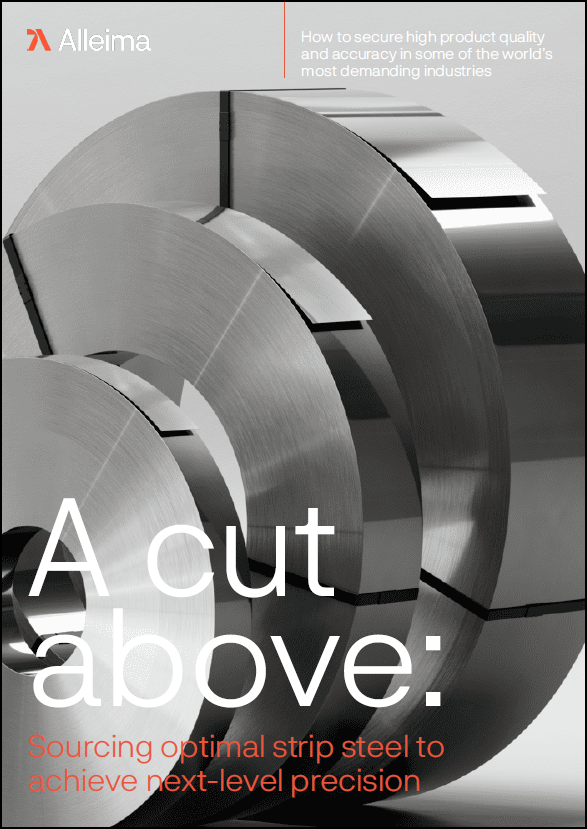
Tyber Medical, a provider of private-label orthopaedic implants, has received 510(k) clearance from the US Food and Drug Administration (FDA) for its Proximal Tibia Plating System.
Designed for both complete articular and partial articular fractures, the system aims to stabilise bone fragments and promote efficient healing in injuries to the tibia, fibula, and femur.
How well do you really know your competitors?
Access the most comprehensive Company Profiles on the market, powered by GlobalData. Save hours of research. Gain competitive edge.

Thank you!
Your download email will arrive shortly
Not ready to buy yet? Download a free sample
We are confident about the unique quality of our Company Profiles. However, we want you to make the most beneficial decision for your business, so we offer a free sample that you can download by submitting the below form
By GlobalDataThe Proximal Tibia Plating System is crafted to meet surgeon preferences, improve plate fit and screw placement and enhance procedural efficiency.
Tyber Medical chief technology officer David Hannah said: “This innovative addition to the Tyber Medical portfolio aligns to meet the needs of our customers by offering multiple solutions to challenging anatomy.
“This comprehensive system offers anatomic plating to support a wide range of trauma needs.”
Furthermore, the system’s anatomical design caters to various indications. It features both variable angle locking and non-locking screws.
Tyber medical regulatory affairs director Lisa Boyle said: “With the clearance of the Proximal Tibial Plating System and its sub-categories, Tyber Medical remains unwavering in our commitment to providing cutting-edge orthopaedic solutions.”
Recently, Tyber received clearance from Health Canada for its anatomical plating system, which includes a range of stainless steel and titanium plates.
The system also features both standard and variable angle locking compression plates and screws in different lengths, thicknesses, and configurations.
Last month, Tyber secured 510(k) clearance from the FDA for an extension to its Mini-Frag System.
The Mini-Frag System is designed for the fixation of fractures, osteotomies, nonunions, and fusions in small bones such as those in the hand, wrist, ankle and foot.




